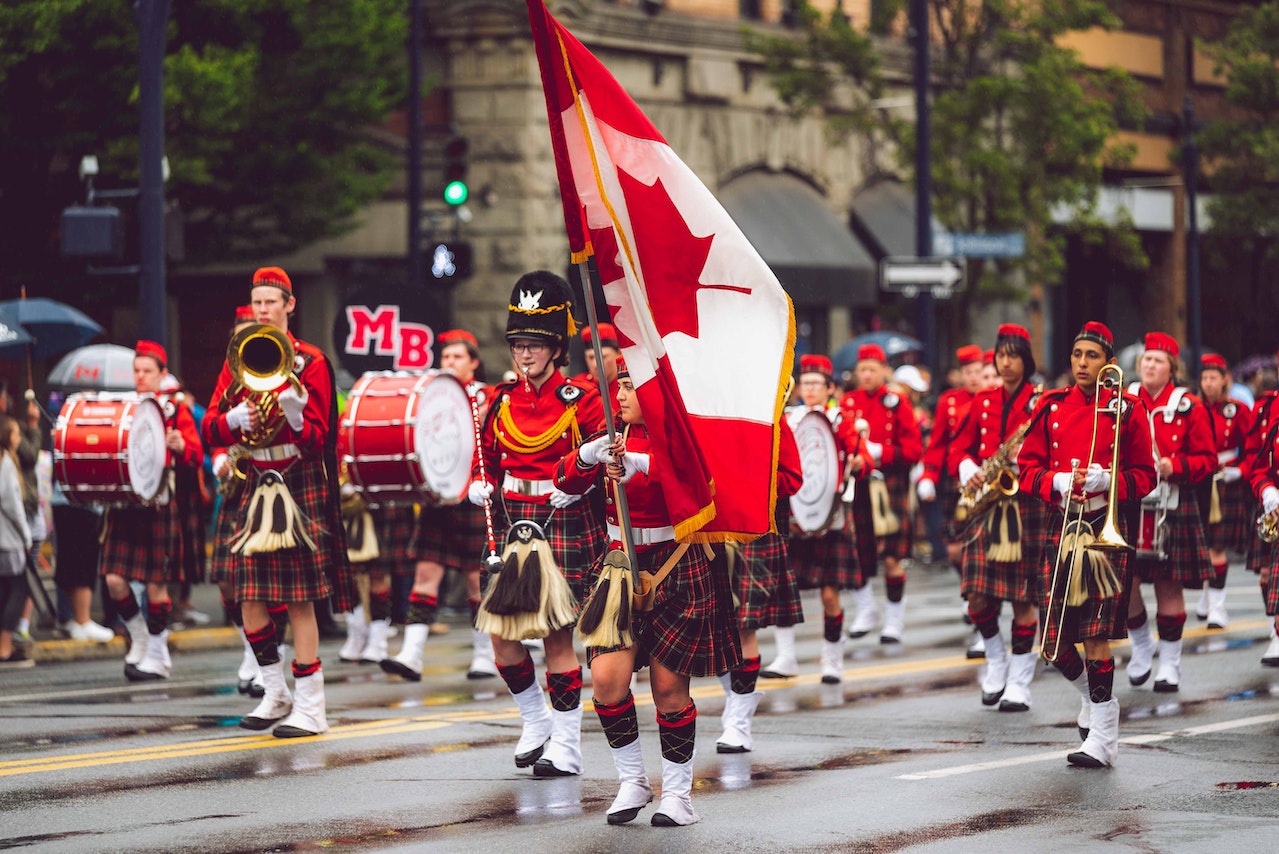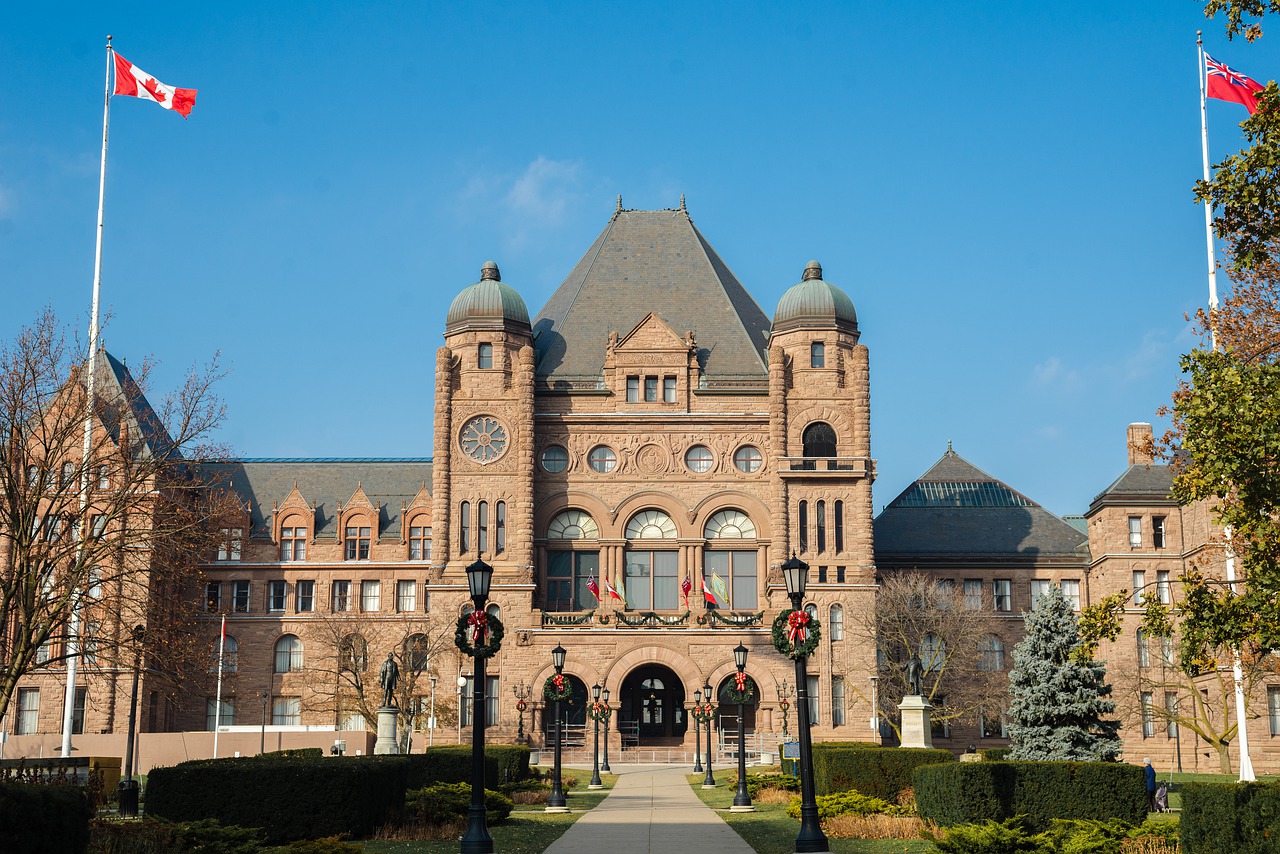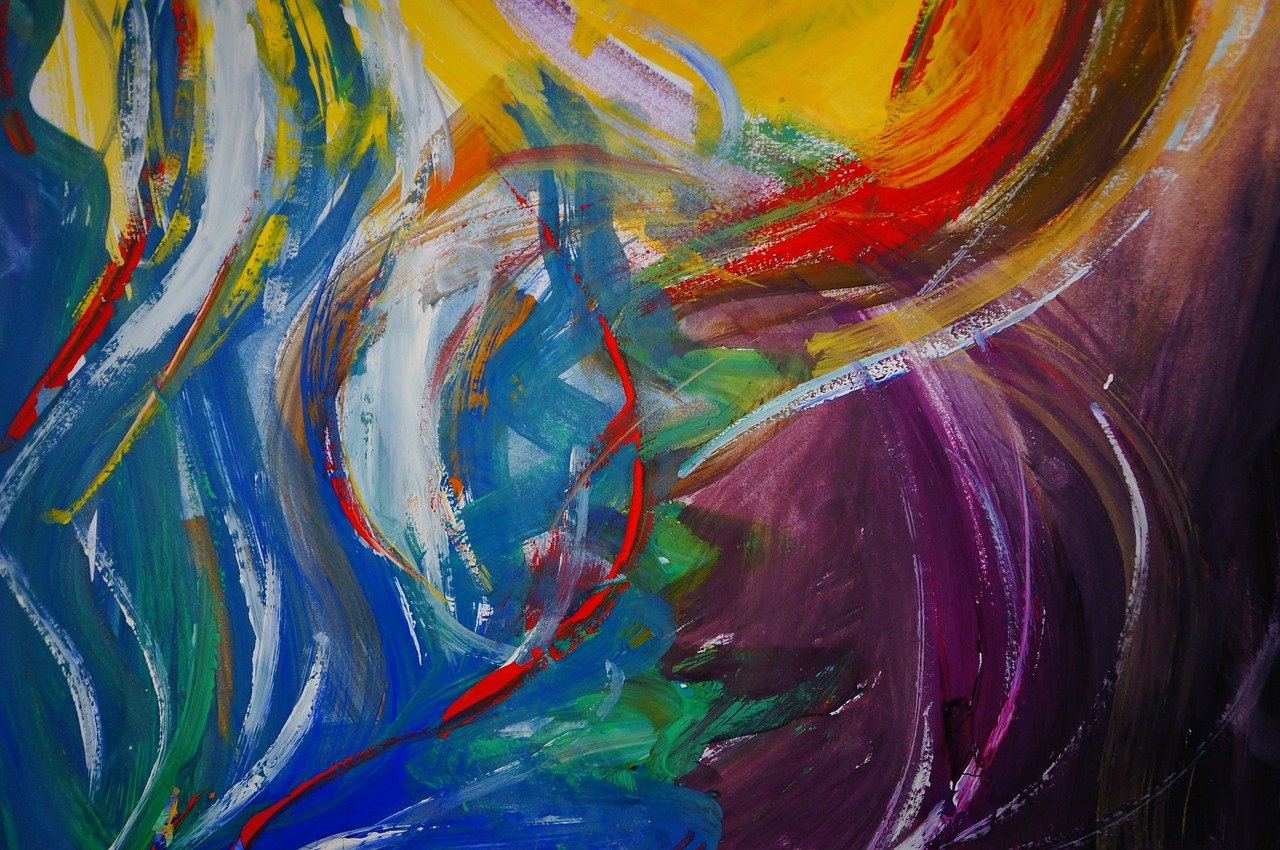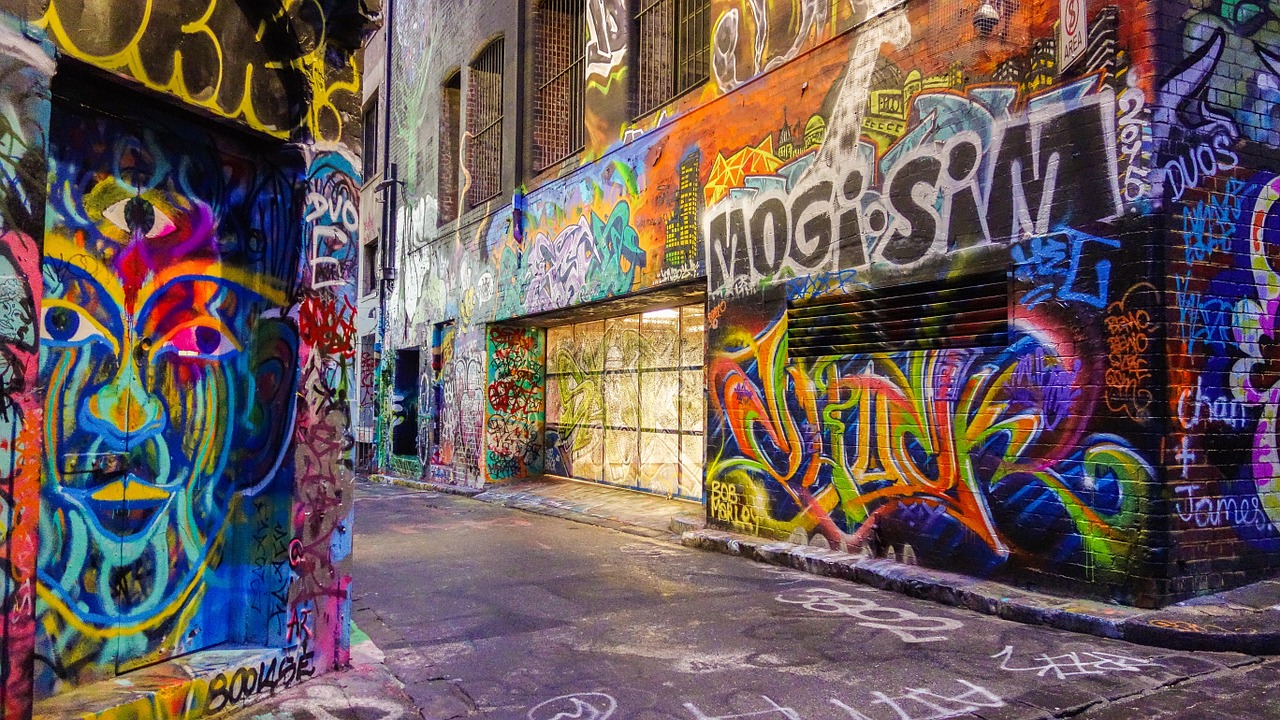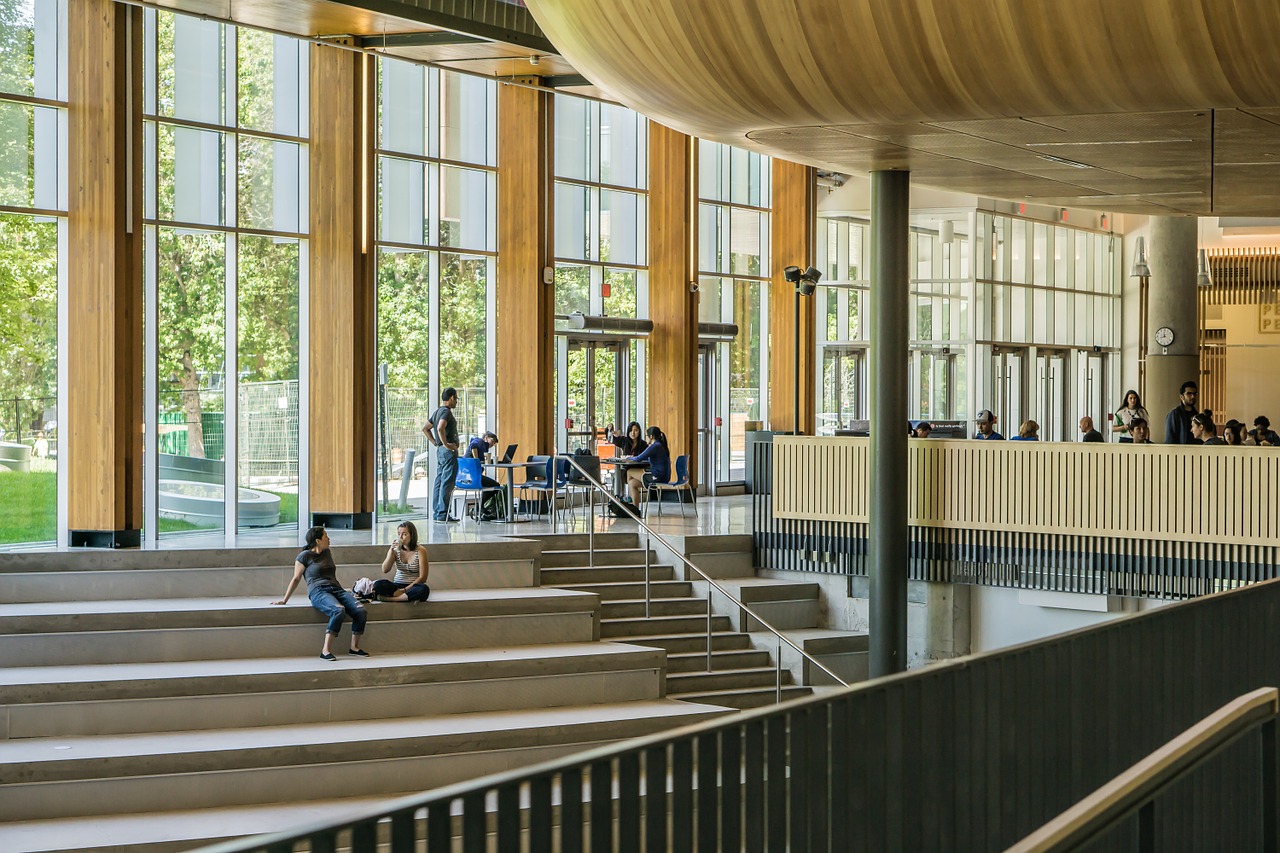The Golden Age of Lower Canada
2021-02-15 | Art | No Comments
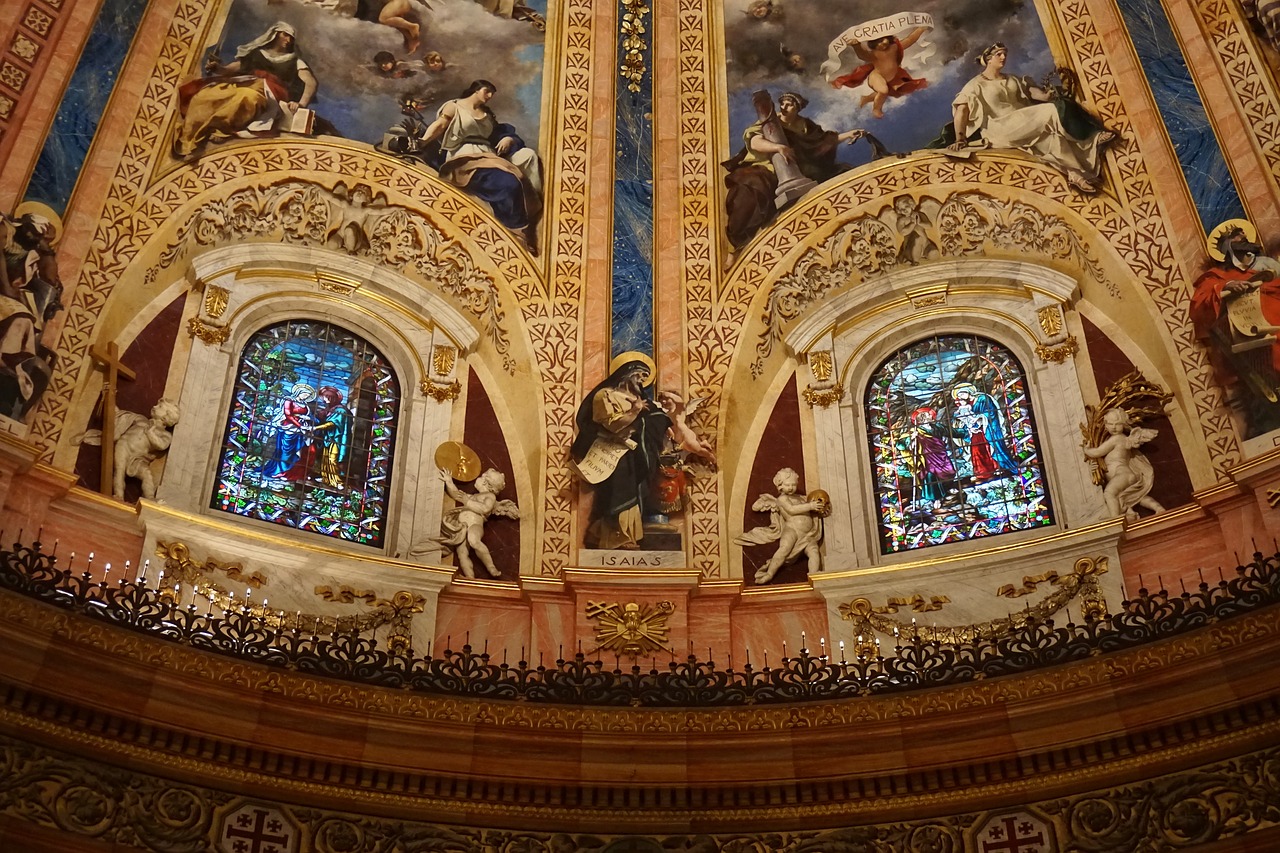
In the late 18th century art in Lower Canada began to flourish thanks to more commissions from the public and church building. Portrait painting, in particular, is known from this period because it allowed for a higher degree of innovation and change. François Bayerger was one of the first artists of this generation. He returned to Montreal in 1781 after studying sculpture in London and Paris. The Rococo Style influenced several artists from Lower Canada who aspired to light and carefree painting. Bayerger, however, did not embrace the Rococo style, instead focusing on sculpture and teaching under the influence of Neoclassicism.
Artists in Lower Canada developed independently of France, as the connection was severed during the French Revolution and the Napoleonic Wars. While not living in Lower Canada, William Burchie participated in the artistic growth of the period. He immigrated to Canada from Saxony and executed several important portraits of leading figures. For example, he painted three portraits of Joseph Brant and his most famous work, The Wolseley Family, painted in Quebec in 1808-09. As the title suggests, the work features full-length portraits of all members of the Wolseley family. It is marked in part by the elaborate arrangement of the figures, the decorative floor panels, and the detailed view of the landscape through an open window. Art historian J. Russell Harper believes that this era of Canadian art was the first in which a truly Canadian character developed.
The second generation of artists continued this flowering of artistic growth from about the 1820s. Joseph Legare was trained as a painter-decorator and copyist. This did not hinder his artistic creativity, however, as he was one of the first Canadian artists to depict the local landscape. Legare is best known for his depictions of disasters such as cholera epidemics, rock slides and fires. Antoine Plamondon Studied at Legare and became the first French-Canadian artist to do so in 48 years. Plamondon became the most successful painter of the period, mainly through religious and portrait commissions.

